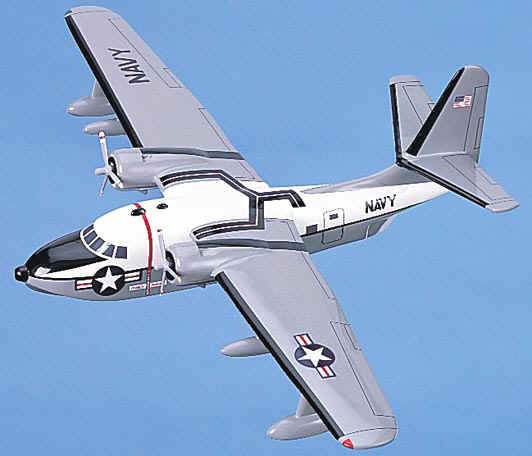|
|
|

|
Grumman
UF/HU-16 Albatross
|
 |
The HU-16 (UF)
"Albatross" was a general purpose amphibian.
Design on it began in 1944. First flown in 1947, it replaced the Grumman
JRF "Goose" which served throughout WW II. It featured a
conventional two-step hull, full amphibian capability, a high
wing with fixed stabilizing floats, and a single tail unit.
Three variations of the aircraft were produced: the
winterized UF-1L for Antarctic operations, the dual-control
UF-1T used as a trainer, and the general purpose UF-1. The
U.S. Air Force also procured the "Albatross" as the
SA-16 for air-sea rescue duties, and signed an agreement in
which the Air Force and Coast Guard would train Navy pilots in
the techniques of operating the HU-16 in Search and Rescue.
"Albatross" established three record flights for
amphibians in September 1962 that included two separate altitude
flights carrying 1,000 and 2,000 kg. loads to 29,460 feet and
27,380 feet respectively, and a new world 5,000 km. speed record
carrying a 1,000 kg. load with a speed of 151.4 mph in a
UF-2G. The
last operational HU-16 "Albatross" made a final water
landing on Pensacola Bay in August 1976 and was then turned
over to the Naval Aviation Museum. |
|
 |
HU-16
Albatross
Premier Series. 1/52nd scale. 22.5"
wingspan x 14.5" long.
No. AFP5D-PR. Only $174.95 |
|
